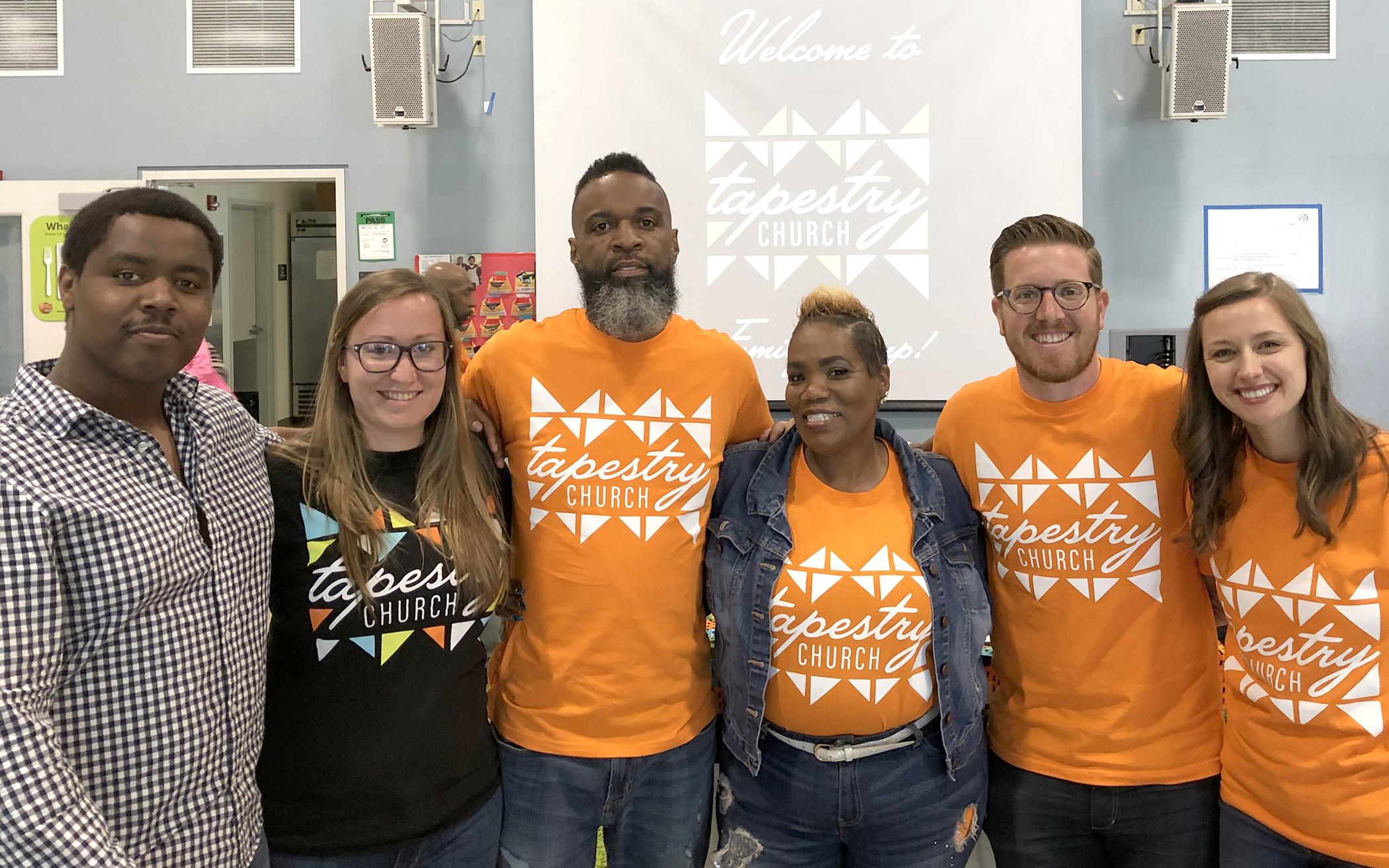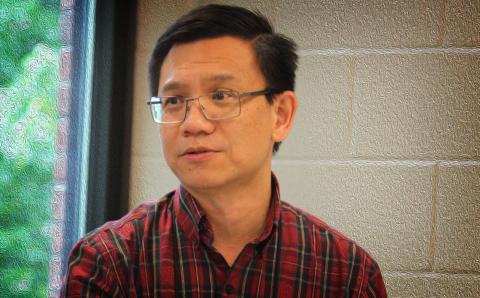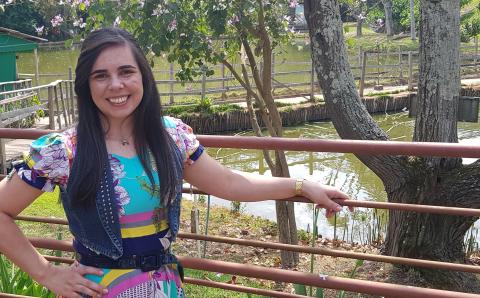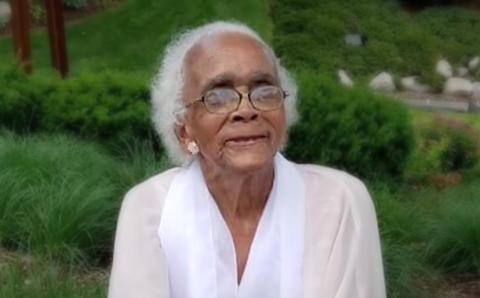Kyle Brooks was a church planter reaching mostly young white professionals in Oakland, Calif. He worked from a gospel understanding of a God who transforms lives and communities.
On Nov. 8, 2015, he was running late for the Bay Area Clergy Cohort, a social justice conference for Christian leaders, and stumbled into a group exercise after it had already started. The meeting facilitator had placed chairs in a pyramid shape with instructions for participants to sit based on their place in society. When Brooks arrived, the only chair left was at the very front, representing the place of most privilege.
Bernard Emerson, a Black pastor from East Oakland, sat at the base near the back of the room. When the facilitator reminded them to be intentional about building the kind of world God wants, Brooks found his way to connect with Emerson. That was the beginning of a shared vision to merge two different churches into one multiethnic congregation that would eventually become Tapestry Church.
Oakland is known as a great city in which to live, but it also has trust challenges across generations, ethnicities, and economic class. Brooks and Emerson each believed that bringing their two churches together could help bring down that division. However, each also wanted to remain faithful to his faith tradition without dominating the other.
Brooks was steeped in the Christian Reformed Church, and Emerson was raised in the American Baptist church. While they recognized their differences, the two pastors wanted their churches to display God’s love for the world. “We cannot do that effectively if we do not love each other,” said Brooks.
Emerson added, “It was always the intent of our Lord that the church be multiethnic, but that’s not been the way of the church in America.”
Both pastors knew creating an interracial church was not going to be easy. They took long walks through Oakland’s Dimond District and dreamed out loud about it. Then in 2017, after they saw neo-Nazis marching in Charlottesville, Va., they felt as if they could no longer wait. It was time for their ministries to merge.
While everyone in their churches was excited about the merger, the process was not easy. Congregants felt discomfort with different songs, being in a different neighborhood, and different styles of worship. White congregants also felt the discomfort of witnessing and hearing about American racism.
A church member compared the merging process to people speaking different languages. “We all have to learn how to talk to each other,” she said. “Interactions can come off as rude with the smallest of things, like what kind of food to serve at coffee hour.”
Learning to bring about a united vision of the church is ongoing. In November and December, Tapestry Church participated in a six-week class called “Race, Class, and the Kingdom of God,” produced and taught by David Bailey and Elena Aronson. The congregation hopes to gain shared knowledge, language, and best practices around engaging in the work of racial justice and community flourishing. Scheduled conversations following the course were expected to be facilitated by Tapestry members and staff.
About the Author
Rudy Gonzalez, Office of Race Relations








